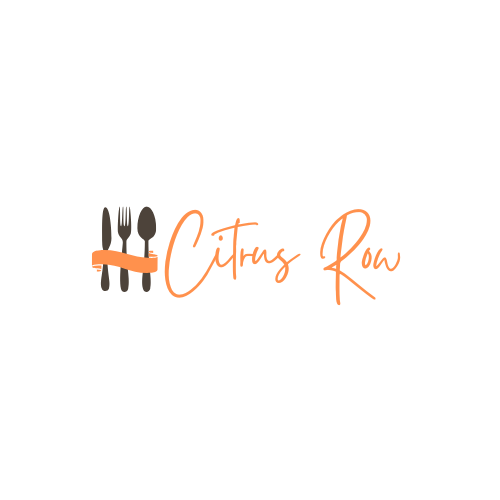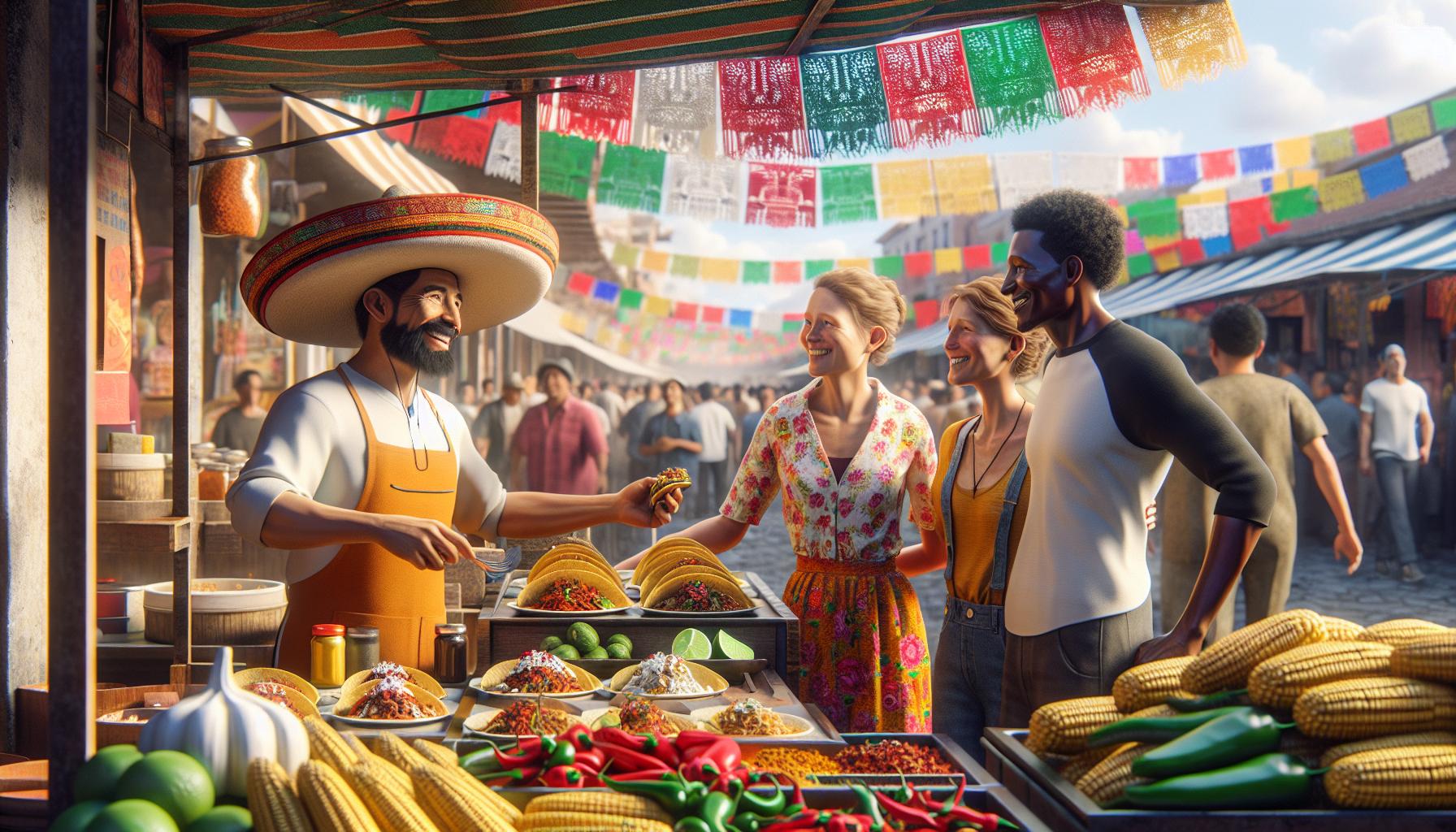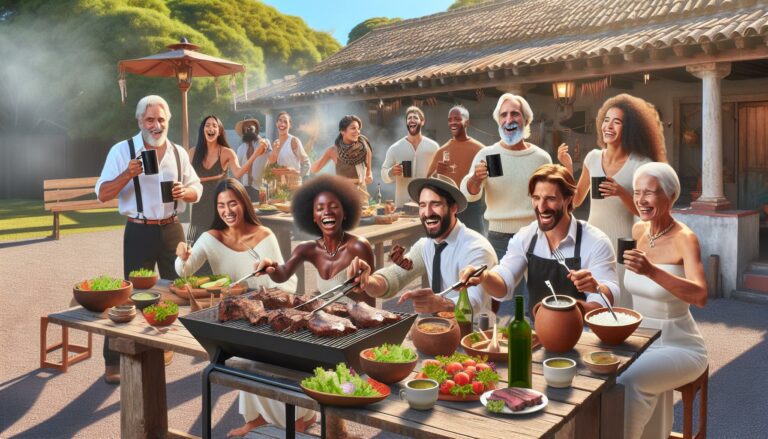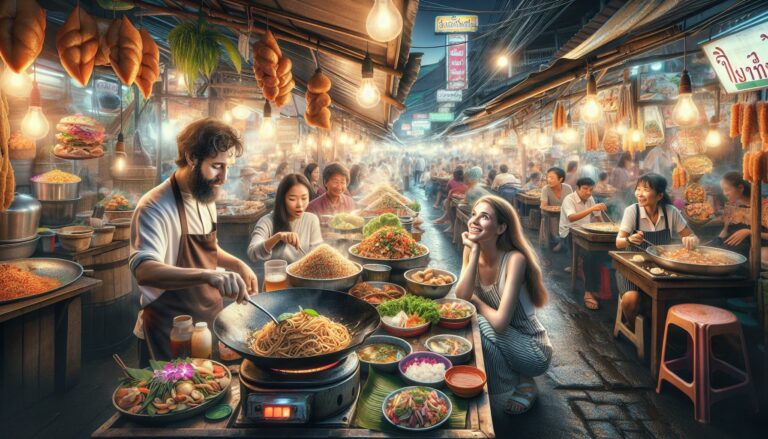Mexican cuisine stands as one of the world’s most vibrant and diverse culinary treasures. From the sizzling street tacos to complex moles that take days to prepare, Mexican food culture represents centuries of tradition blended with indigenous ingredients and Spanish influences.
Beyond the familiar nachos and burritos lies a rich tapestry of regional specialties that tell stories of Mexico’s varied landscapes and peoples. Each state boasts its unique flavors and cooking methods, passed down through generations of skilled home cooks and celebrated chefs. What’s even more fascinating is how Mexican food culture doesn’t just focus on taste – it’s a celebration of life itself. Whether it’s a family gathering over tamales or street vendors serving up elotes at midnight, food serves as the heart of social connections and cultural identity.
The Rich History of Mexican Cuisine
Mexican cuisine embodies a 7,000-year legacy of culinary evolution, blending indigenous traditions with colonial influences. This dynamic heritage shapes the vibrant tapestry of flavors found in modern Mexican dishes.
Pre-Hispanic Origins
Ancient Mesoamerican civilizations established the cornerstones of Mexican cuisine through sophisticated agricultural practices. The Aztec Empire cultivated essential ingredients like corn, beans, chili peppers, tomatoes, squash, cacao, vanilla. Native communities developed cooking techniques such as nixtamalization – a corn preparation process that enhanced nutritional value. Aztec marketplaces featured diverse ingredients including:
- Wild game: turkey, duck, deer, rabbit
- Aquatic proteins: fish, salamander, algae, water insects
- Indigenous produce: jicama, sweet potato, avocado
- Sacred ingredients: amaranth, chia seeds, agave
Spanish Colonial Influences
The Spanish conquest in 1521 transformed Mexican gastronomy by introducing new ingredients and cooking methods. European settlers brought:
| Introduced Elements | Impact on Mexican Cuisine |
|---|---|
| Livestock | Pork, beef, chicken, sheep |
| Dairy Products | Cheese, cream, milk |
| Spices | Cinnamon, cloves, black pepper |
| Cooking Methods | Frying, roasting, baking |
- Mole sauces combining Mexican chilies with European spices
- Tacos al pastor adapted from Lebanese shawarma techniques
- Cheese-based dishes incorporating Mexican herbs
- Bread-based items using European wheat flour
Essential Ingredients in Mexican Cooking
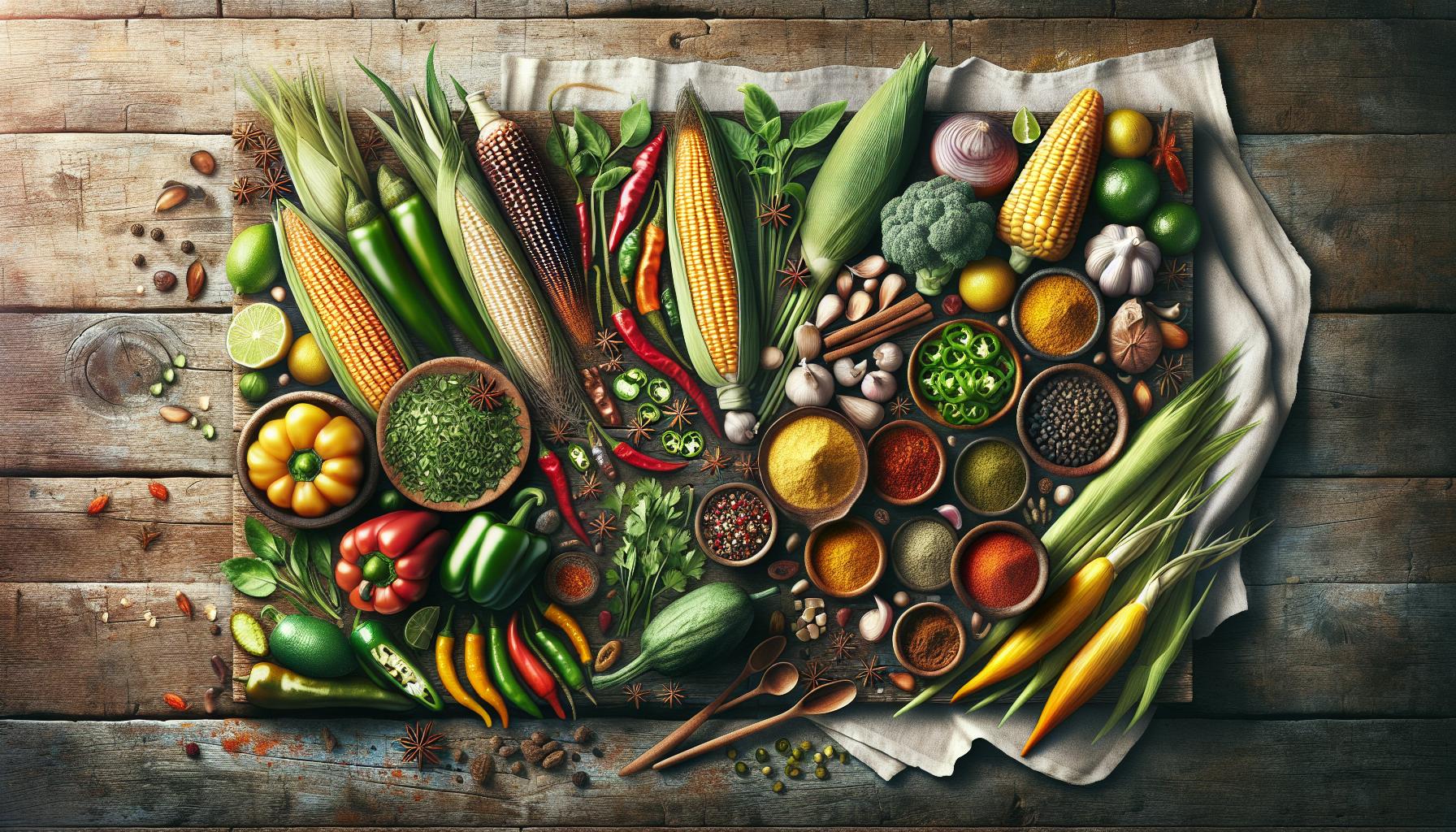
Mexican cuisine relies on a foundation of indigenous ingredients that have shaped its culinary identity for thousands of years. These core elements form the basis of traditional dishes across all regions of Mexico.
Native Corn and Its Sacred Role
Corn stands as the cornerstone of Mexican cuisine, with over 60 varieties cultivated throughout the country. The ancient process of nixtamalization transforms dried corn kernels into masa, the essential dough used for tortillas, tamales, atoles, and countless other staples. White, yellow, blue, and red corn varieties offer distinct flavors and textures in Mexican dishes. Mexican families consume an average of 90 kilograms of corn per person annually, highlighting its significance in daily meals. Archaeological evidence dates corn cultivation in Mexico to 10,000 years ago, establishing it as a sacred crop among pre-Hispanic civilizations.
Chiles, Herbs, and Spices
Mexican cuisine features 64 chile varieties, each contributing unique heat levels and flavor profiles to traditional dishes. Fresh chiles like jalapeños, serranos, and poblanos create bright, vibrant flavors in salsas and stews. Dried varieties including ancho, guajillo, and chipotle infuse dishes with deep, complex tastes. Essential herbs include epazote for beans, Mexican oregano for soups, and hoja santa for tamales. Native spices such as achiote paste, Mexican cinnamon, and vanilla pods originated in Mexico’s diverse regions. The combination of these ingredients creates signature dishes like mole poblano, which incorporates seven different chile varieties.
Traditional Cooking Methods
Mexican culinary traditions incorporate ancestral cooking techniques passed down through generations. These methods preserve authentic flavors while maintaining cultural significance in modern Mexican kitchens.
The Art of Nixtamalization
Nixtamalization transforms dried corn kernels into masa through an alkaline cooking process. The technique involves simmering corn in calcium hydroxide (lime) solution, which softens the kernels, enhances nutritional value by releasing niacin and improves digestibility. This chemical process creates the distinctive flavor profile of authentic Mexican corn products like tortillas, tamales and pozole. The resulting masa exhibits superior binding properties, essential for crafting traditional corn-based dishes that form the foundation of Mexican cuisine.
Ancient Techniques Still Used Today
Traditional Mexican cooking methods maintain their relevance in contemporary kitchens across Mexico. Stone tools like molcajetes grind spices and create fresh salsas, while clay comals heat tortillas to perfect consistency. Underground pit cooking (barbacoa) slow-roasts meats wrapped in maguey leaves, creating tender, flavorful dishes. Steam cooking in banana leaves imparts subtle flavors to tamales, while smoking chilies produces essential ingredients like chipotle peppers. Griddle cooking on traditional comals creates the characteristic char on vegetables for dishes like rajas con crema.
| Traditional Method | Primary Use | Key Benefits |
|---|---|---|
| Molcajete | Salsa preparation | Enhanced flavor extraction |
| Comal | Tortilla cooking | Even heat distribution |
| Pit cooking | Meat preparation | Deep flavor development |
| Steam cooking | Tamales | Moisture retention |
Regional Diversity of Mexican Food
Mexico’s culinary landscape varies dramatically across its regions, reflecting distinct geographical features, climate zones, and cultural influences. Each region demonstrates unique cooking methods, ingredient combinations, and flavor profiles that create a mosaic of gastronomic traditions.
Northern Mexican Cuisine
Northern Mexican cuisine features meat-centric dishes influenced by ranching culture across states like Chihuahua, Nuevo León, and Sonora. The region’s arid climate supports cattle ranching, leading to signature preparations such as carne asada, machaca (dried shredded beef), and arrachera (flank steak). Large flour tortillas replace corn varieties due to the challenging conditions for corn cultivation. Regional specialties include cabrito (roasted kid goat) in Monterrey, burritos from Chihuahua, and Sonoran hot dogs topped with bacon, beans, onions, tomatoes, and various sauces.
Southern Mexican Specialties
Southern Mexican cuisine incorporates indigenous traditions with tropical ingredients found in states like Oaxaca, Yucatán, and Chiapas. Oaxaca produces seven distinct types of mole sauce, each containing unique combinations of chiles, chocolate, nuts, and spices. The Yucatán Peninsula features dishes like cochinita pibil (achiote-marinated pork) and sopa de lima (lime soup). Chiapas specializes in tamales wrapped in banana leaves, incorporating local herbs like epazote and hoja santa. Fresh seafood dishes dominate coastal areas, while jungle regions contribute exotic ingredients such as chaya leaves and ramón nuts.
Social and Cultural Significance
Mexican food culture transcends mere sustenance, serving as a cornerstone of social bonds and cultural identity. The preparation and sharing of meals create lasting connections between families, communities and generations.
Family Traditions and Celebrations
Mexican families gather around the kitchen to prepare traditional dishes passed down through generations. Mothers teach daughters centuries-old recipes while preparing tamales for Christmas, quinceañeras feature elaborate multi-course feasts and Day of the Dead celebrations include creating intricate ofrendas with favorite foods of departed loved ones. Sunday family dinners remain sacred occasions where extended families connect over home-cooked meals like pozole, barbacoa or mole. Major life events such as weddings, baptisms and graduations center around elaborate food presentations that showcase family recipes and regional specialties.
Street Food Culture
Street food vendors shape Mexico’s culinary landscape with portable kitchens offering affordable regional specialties. Food carts line busy streets serving tacos al pastor, elotes, tlacoyos and tamales to workers, students and families. Markets feature dedicated food halls where vendors specialize in single dishes perfected over decades. Popular street foods vary by region – Mexico City highlights tacos de canasta, Puebla features cemitas poblanas and Oaxaca showcases tlayudas. Street food culture provides economic opportunities for entrepreneurs while preserving traditional recipes and cooking techniques through daily practice. Food stalls serve as community gathering spaces where neighbors socialize over casual meals.
Modern Mexican Food Evolution
Mexican cuisine continues to evolve through global influences while maintaining its authentic roots. Contemporary Mexican gastronomy combines traditional techniques with modern innovations, creating a dynamic culinary landscape that respects its heritage.
Global Influence and Fusion
Mexican cuisine extends far beyond its borders, influencing global gastronomy while embracing international flavors. Top restaurants in Mexico City integrate Japanese ingredients into traditional dishes, creating innovative combinations like tuna tostadas with wasabi guacamole. Mexican-Korean fusion tacos feature kimchi alongside traditional salsas, while Mediterranean ingredients enhance classic Mexican preparations. International chefs incorporate Mexican elements into their menus, with establishments in Paris, New York, and London featuring elevated interpretations of street food classics. Mexican-inspired flavor combinations appear in contemporary fine dining, from mole-glazed duck breast to chile-spiced chocolate desserts.
Preserving Authentic Flavors
Traditional Mexican cooking techniques thrive alongside modern innovations through dedicated preservation efforts. Local communities maintain ancestral recipes through cooking schools focused exclusively on regional specialties. Indigenous ingredients receive protection through denomination of origin certifications, safeguarding items like vanilla from Papantla or chile habanero from Yucatán. Culinary institutions document traditional preparation methods, creating digital archives of recipes passed down through generations. Mexican chefs champion local ingredients by incorporating heritage corn varieties into contemporary menus. Street food vendors preserve authentic flavors through time-honored cooking methods, using traditional clay cookware and ancestral techniques in modern settings.
Conclusion
Mexican cuisine stands as a testament to the country’s rich cultural heritage spanning thousands of years. It’s more than just food – it’s a vibrant tapestry woven from indigenous traditions Spanish influences and regional diversity. Each dish tells a story of historical significance cultural pride and family traditions.
From ancient cooking techniques to modern culinary innovations Mexican food continues to evolve while staying true to its authentic roots. The enduring legacy of Mexican cuisine proves that it’s not just about satisfying hunger – it’s about celebrating life creating connections and preserving a cultural identity that resonates worldwide.
